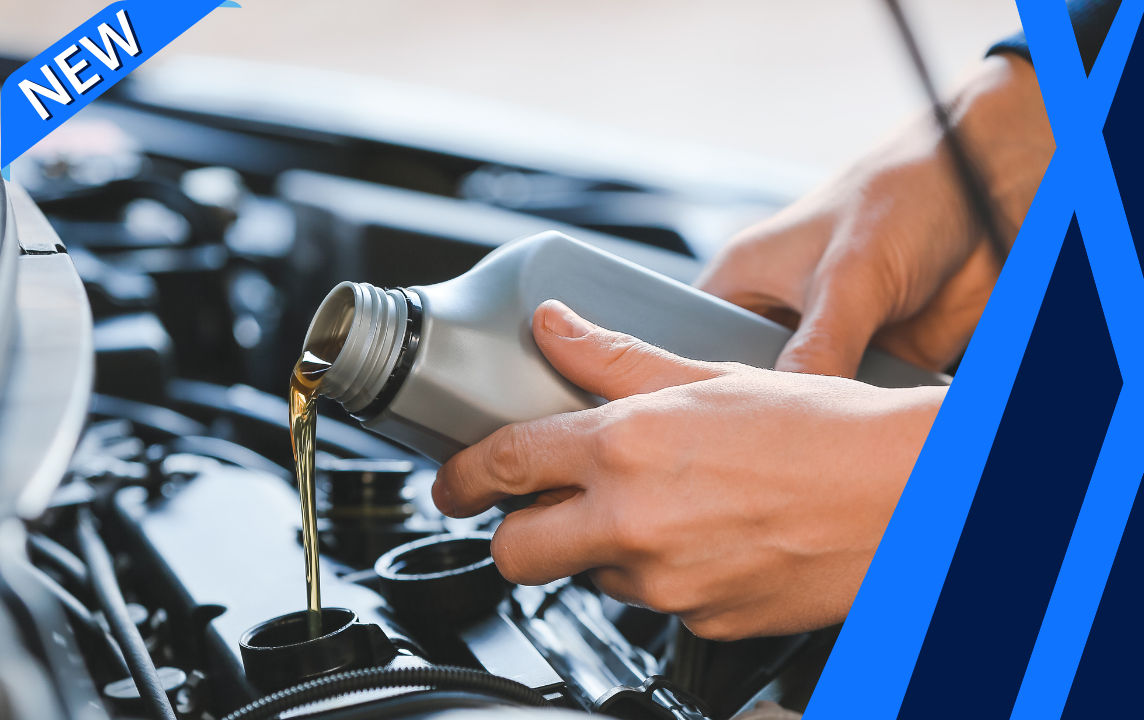Description
Car idle is rough Inspection
How this system works:
The idle speed of an engine is basically the rotational speed the engine runs on when it is uncoupled from the drivetrain and the throttle pedal is not being depressed. The idle speed is measured in the revolutions per minute of the crankshaft.
When an engine is running at idle speed it generates enough power to smoothly operate equipment such as the water pump, alternator, and power steering but not enough power to move the vehicle itself. A passenger car will usually idle between 600 RPMs and 1000 RPMs. A properly functioning idle should run smoothly without skipping or slipping.
Common reasons for this to happen:
- Dirty Fuel Injectors: The fuel injection system injects fuel into the cylinders, which creates a mix of air, and fuel to ignite and burn. Fuel injectors have tiny nozzles to spray the fuel into the cylinder and they can become clogged over time.
A clogged or failing fuel injector creates a lack of fuel in the vehicle’s engine. This can cause a rough idle, it can also cause symptoms such as slow acceleration or the car not feeling as if it has enough power. If the problem is addressed early, it is possible to clean the injectors, which will restore them to full function. If this condition is not addressed in a timely manner the injectors will need to be replaced.
- Incorrect Idle Speed: While the average idle speed falls between 600 to 1,000 RPMs, if your vehicle is experiencing a rough idle it could be due to an incorrect idle speed setting. A trained mechanic can easily adjust the idle speed, and it should stay at the proper speed. If an adjusted idle speed becomes inconsistent or changes at random intervals, a bigger problem may need to be explored.
- Vacuum Leak: If the vacuum system has a leak, it can seriously affect the ability of the vehicle’s computer to regulate the air to fuel ratio. This can lead to a rough idle and if the problem is not addressed the car may experience slow acceleration and a lack of power. Vacuum leaks should be inspected and repaired immediately.
- Incorrectly Installed or Damaged Plugs: Spark plugs create the spark that allows the vehicle to burn fuel. If spark plugs are improperly installed or malfunctioning, the idle speed can be affected. The vehicle’s engine may vibrate or there may be slipping or straining sounds coming from the engine.
- Defective or Clogged Fuel Pump: A rough idle can be related to fuel delivery issues. The fuel pump, which is responsible for pulling fuel from the gas tank to the fuel injectors, can become clogged or defective. If this happens the engine will not get enough fuel, which can cause a rough idle, sputtering, stalling and even slow acceleration.
- Clogged Fuel Filter: A clogged fuel filter can cause similar problems. The job of the fuel filter is to screen out contaminants in the fuel, over time it will become clogged and need to be replaced. A rough idle is one symptom of a clogged fuel filter.
- Failing Electrical Components: A problem or failure in the ignition system or various electronic components can cause a rough idle. If this is the case, the problem will usually get worse as RPMs increase. Common culprits include the ignition control module, plug wires, coils, and spark plugs.
- Defective Air Flow Sensor: A defective airflow sensor can be responsible for a rough idle. A mass airflow sensor detects the amount of air coming into the fuel injection system and sends that information to the vehicle’s computer. The computer uses that data to deliver the proper amount of fuel to the air in the vehicle. Over time these sensors can malfunction or become dirty. One of the first symptoms of a malfunctioning airflow sensor is a rough idle. The car may also accelerate slowly and even stutter or stall as the problem progresses.
- Dirty Oxygen Sensor: Oxygen sensors measure how rich or lean the gases are as they exit the combustion chamber. Depending on the results, the amount of fuel entering the engine is adjusted by the vehicle computer. The ultimate goal is to maintain an ideal mixture that produces the lowest emissions. A dirty or failing oxygen sensor will usually trigger the check engine light and can lead to a rough idle, lower fuel efficiency and failed emission test.
What to expect:
A top-rated mobile mechanic will come to your home or office to determine the source and cause of the rough idle issue, and will then provide a detailed inspection report that includes the scope and cost of the necessary repairs.
How it’s done:
The mechanic will check your car for leaks and defective parts. This includes airflow sensors, fuel pump, electronics and other important components related to your car’s idling state. It may be necessary to crank the car and test drive it in order to verify the problem and provide an accurate diagnosis.
How important is this service?
A rough idling car is more of an inconvenience at first but if the problem is not solved it can quickly lead to bigger problems such as slow acceleration, stalling and eventually a vehicle that will not start at all. Most of these conditions can make the vehicle dangerous to drive. A rough idle should be inspected and repaired as quickly as possible.




